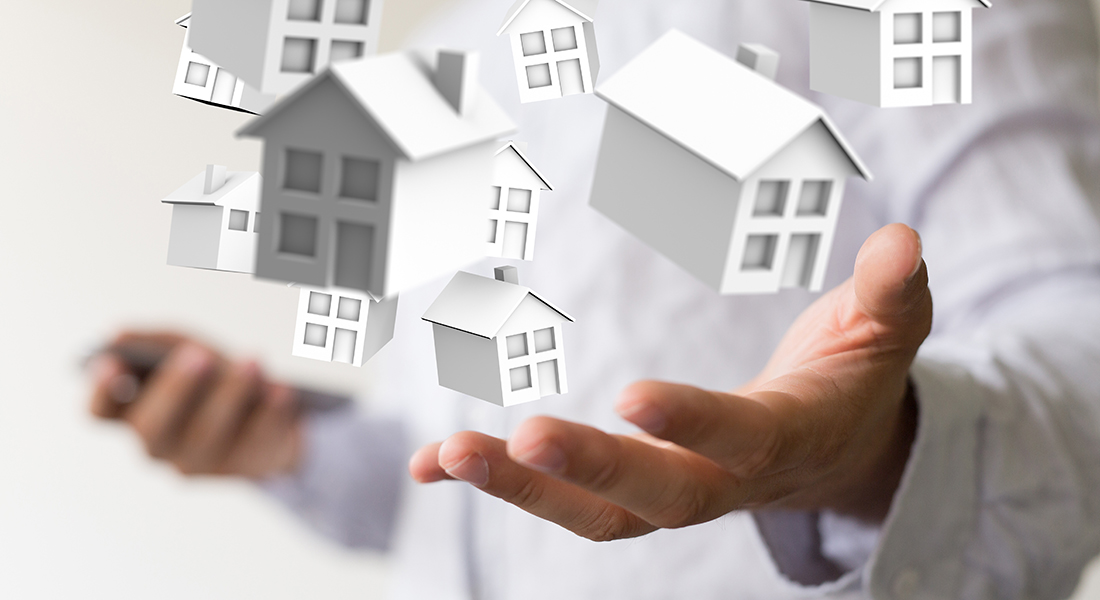
20 May New Law for NYC Residential Rental Properties
Reading Time: 3 minutesIf you own, manage, or maintain a residential rental property in New York City, an important new law was passed recently that you need to know about. Local Law #55, effective as of January 2019, is NYC’s Indoor Allergen Law that covers various pests and allergens. This article focuses on the nuanced regulations found in Local Law #55 that govern mold issues.
The new law states that landlords must take reasonable measures to keep dwellings free from pests and other indoor allergen hazards – including visible mold – and to prevent and remediate such conditions if present. Owners must also repair underlying defects such as pipe leaks or causes of pest infestations if they exist. These regulations apply to all dwelling units, hallways, and commonly used areas such as laundry rooms.
The law obligates residential rental property owners to meet the following requirements:
- Annual inspections of each unit and all common areas;
- Distribution of annual notice and copy of New York City Department of Health and Mental Hygiene (DOHMH) pamphlet to current and prospective tenants;
- Integrated pest management to address pest infestations;
- Visual inspection and remediation of mold, pest, and underlying defects and thorough cleaning of carpeting or furniture before occupancy by a new tenant.
There are three types of violations for visible mold in Local Law #55, and each has its own timeframe for corrective action:
- Non-Hazardous Violations: When the amount of visible mold is less than ten square feet in a room within a dwelling unit or less than thirty square feet in any common area. Typically, these violations can be addressed by properly trained maintenance workers or property owners. These violations will specify a timeframe to implement the corrective measures;
- Hazardous Violations: When the amount of visible mold measures (in total) between ten square feet and thirty square feet in a dwelling unit, or greater than thirty square feet in common areas. Hazardous Violations must be addressed by a New York State Licensed Mold Assessor (such as ESA) and remediated by a separate NYS Licensed Mold Remediator. These violations also specify a timeframe to implement corrective measures;
- Immediate Hazardous Violations: When the amount of visible mold measures greater than thirty square feet in a room within a dwelling unit. Immediate Hazardous Violations must also be addressed by NYS Licensed professionals, and must be addressed within 21 days.
Obviously, it is important to identify mold issues early so the area impacted remains below 10 square feet. Doing so will save building owners a substantial amount of money. Moreover, because mold grows as a result of water intrusion, all leaks must be fixed or the mold issue will persist and spread.
Failure to comply with the new law’s requirements may leave owners subject to violations and fines from the NYC Department of Health (DOH) or the Department of Housing Preservation and Development (HPD). Compounding this, complaints must be addressed immediately to avoid potential lawsuits.
As part of ESA’s standard mold assessment protocol, our NYS licensed mold assessors utilize infra-red thermal imagery, moisture meters, and humidity/temperature meters to collect diagnostic measurements. These data estimate the moisture content in both building materials and in the ambient air in the interior and exterior of the dwelling. ESA also utilizes a borescope to inspect for the presence of visible mold within accessible wall and/or ceiling cavities and duct work. In addition, ESA inspects the interior and exterior portions of the dwelling to attempt to determine the source of water intrusion and the extent of suspected mold growth, and we also perform a visual examination of the HVAC system. Based upon our findings, ESA then prepares a detailed mold remediation plan to guide the mold remediation contractor. We work with several independent NYS mold remediators and can provide recommendations upon request.
To find out more about how ESA’s New York State licensed mold assessors can help you establish a property assessment plan in compliance with your obligations under Local Law #55, please call us at 732.469.8888. Our experts are standing by.



